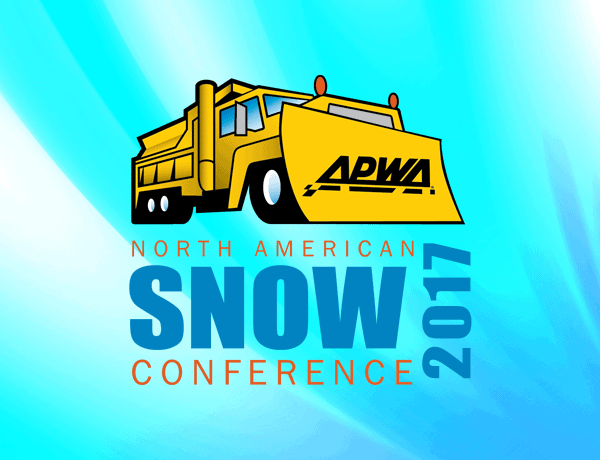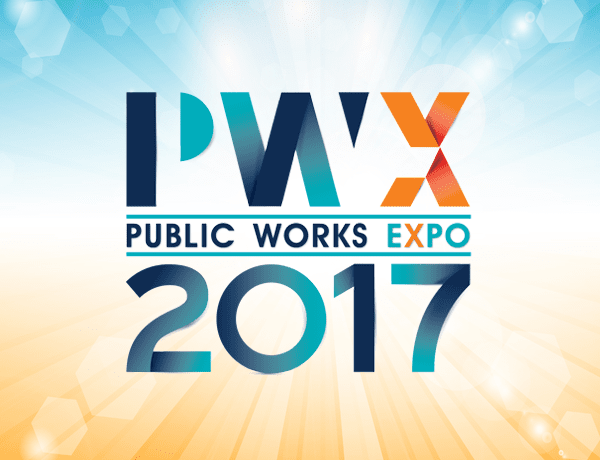Video
Self-Assessment is an excellent way to examine and evaluate your agency's current management policies and procedures. In this session, you will gain an understanding of why self-assessment can improve effectiveness,…
Read MoreDelve into this examination of the planning and engineering issues related to implementing bike facilities and projects. There are many misconceptions and unknown facts about bicycle facilities. Did you know that bike lanes make roads safer for drivers and pedestrians? Did you know that protected bike lanes actually increase business for the retailers fronting them? Did you know that FHWA, AASHTO, and NACTO all have published standards and guidelines to assist you with your bike facilities projects? This presentation will also address other common issues cities have faced, including parking loss, pedestrian conflicts, and outreach.Learning Objectives:Discuss how bicycle facilities are not only for bicyclists, but also improve the roadway for all users.Explore what other countries are doing in the realm of bicycle facility engineering and design.Establish a program for better bicycle mobility.
Read MoreLearn the nuts and bolts of how to orchestrate and host a successful Roadeo. Regional, state and national Snow Equipment Roadeos are becoming a popular way for public works staff…
Read MoreFinding and keeping qualified and motivated public works employees requires attention and dedicated resources. The cost to replace skilled and talented personnel is substantial. Without the next generation (the millennials) in the wings ready to take on the responsibilities and leadership roles of the retiring generation, there will be a void in valuable knowledge, and experience will be lost. This presentation will offer strategies and resources for how to attract the millennial generation to public works careers. We'll discuss what motivates the millennial generation and how we can steer them toward public works careers and, then, keep them as productive and valuable resources to your public works department and the community as a whole.Learning Objectives:Measure the cost of replacing qualified personnel.Discover what motivates the millennial generation and how they are eager to contribute.Identify resources to recruit and train the next generation of public works employees.
Read MoreThe East Manawa neighborhood in Council Bluffs, Iowa, has a long history of infrastructure problems. The original sanitary sewers were constructed with very flat grades using cast iron pipes. The pipes have developed scaling and require heavy jetting on a regular basis to maintain proper operation and flow. The streets are located within a narrow right of way, without storm sewers. The area has extremely poor drainage and the streets are in terrible condition. The neighborhood is located adjacent to a lake, a tributary creek and the Missouri River. High groundwater and poor soil conditions are a large factor when addressing infrastructure improvements within this area. Also, there were numerous other utilities within the right of way adding to the challenge of reconstruction. Discover how vacuum sewers and porous asphalt became the answers to solving these many challenges effectively and efficiently.Learning Objectives: Evaluate various sanitary sewer collection system optionsDesign a vacuum sanitary sewer collection systemImplement green infrastructure in limited right of way with challenging site conditions
Read MoreBuilding Resilient SystemsResiliency is the key concept for current and future infrastructure planning. Discover how public works agencies are meeting the challenge for building resilient systems to withstand flooding and extreme weather events.Collaborative Urban Infrastructure Renewal while Meeting Multi-faceted Stormwater ObjectivesThe City of Winston-Salem, North Carolina, has identified the 28th Street area for a multitude of stormwater improvements. The City's master plan identified deficiencies in meeting service level goals, including structural flooding, roadway overtopping, and road closures. Two railroad overpasses also contribute to flooding issues. A concerted effort to address the structural and operational needs for all public infrastructure in the area includes a $6 million stormwater/water/wastewater park project.Coastal Adaptation Planning – St. Augustine Pilot StudyThe City of St. Augustine is a pilot study area for the Florida Department of Economic Opportunity's (DEO) five-year ""Community Resiliency: Planning for Sea Rise"" project. The study team is comprised of Dewberry, the Columbia Law School's Sabin Center for Climate Change Law, and St. Thomas University. As a city rich with historic cultural resources and low-lying critical infrastructure, sea rise is of primary concern. Examine the city's progress throughout the project and their efforts in conducting a vulnerability assessment and creating a strategic adaptation plan.Lessons Learned from the 2014 North Vancouver Debris FloodAn intense rain event in 2014 caused debris floods that originated in the mountain slopes above North Vancouver, British Columbia. This presentation will discuss the lessons learned for future emergency response and for adjusting community planning and engineering practices to include the consideration of climate change impacts on creeks and streams in a mountainous setting.Using Super-Sized Green Infrastructure to Mitigate Urban FloodingThe Chicago area is former swamp land with predominantly poor draining clay soils and little topographical relief. To combat historic flooding in the region, the Metropolitan Water Reclamation District of Greater Chicago is evaluating the use of green infrastructure to mitigate flooding from wet weather events. A stormwater master plan is being developed to feature super-sized green infrastructure to mitigate drainage issues and build resiliency into the system.Learning Objectives: Examine various tactics used to mitigate extreme weather events.Evaluate strategies to build resiliency into water and wastewater treatment facilities and other public infrastructure.Take advantage of the lessons learned by other communities in responding to extreme weather events and in conducting vulnerability assessments and developing strategic adaptation plans.
Read MoreAs cities get ready to invest in public works facilities, many don't know where to start. Some begin by assessing facility condition, but quickly become overwhelmed by their maintenance backlog. Others respond with band aid type fixes, but wonder if they are dumping good money after bad. Some focus on one aspect of an operation, only to discover that it negatively impacts other business lines. If they only had a plan! Case studies drawn from a range of communities will illustrate the different types of facilities plans, best practices and lessons learned, and tips for building support for funding public works and utility department facilities plans.Learning Objectives: Identify whether your organization could benefit from a facilities plan.Compare types of plans and understand which best type best fits your situation.Develop clear, achievable objectives and a compelling argument to fund a planning process.
Read MoreThis presentation will provide a basic overview of ground penetrating radar (GPR) and evaluate its emerging role in the damage prevention industry for protecting critical infrastructure and public works. Attendees will leave with an understanding of how the technology works, what utility locate data look like and how to interpret it, how GPR compares to other locating equipment, and the role of GPR in damage prevention with specific steps to maximize a successful GPR survey. In the overview of GPR technology, this presentation will summarize the mechanism that GPR uses to image the subsurface and then explore the two main variables that drive depth of location: antenna frequency and material properties. Next will be a review of several case studies from utility locating projects showing both 2D and 3D data. The comparison of these two views will help attendees understand the benefits and limitations of both visualizations. Then I will compare GPR to EM locators, focusing on the strengths and weaknesses of each and ultimately making the case that these are complimentary mapping techniques. Finally, this presentation will present a variety of ways that GPR can be used on locate projects including those with non-ideal conditions and offer a few steps to enhance the likelihood of a successful survey.The people who will benefit most from this presentation are managers of government agencies and engineering firms that conduct damage prevention projects and utility locates as well as those that are considering GPR technology or want to maximize its potential. In addition, locate technicians will find the discussion of GPR basics and the comparison to other technology useful.Learning Objectives: Investigate buried utilities to minimize potential damageExplain the limitations of GPR to clients and agenciesRecommend appropriate use of GPR in a variety of conditions
Read MoreThe factors that motivate an entity to address resiliency, as it relates to infrastructure, can vary widely – depending on how resiliency is defined and addressed in various geographic locations. In this program, we will share three different case studies, from three separate regions. We will also share the value of resilient infrastructure, and discuss how resilient infrastructure has been beneficial.
Read MoreEvery year, around 20% of all crashes, injuries and fatalities on the roadway are weather related and over 30 billion vehicle hours are lost due to weather-related congestion at a…
Read More
